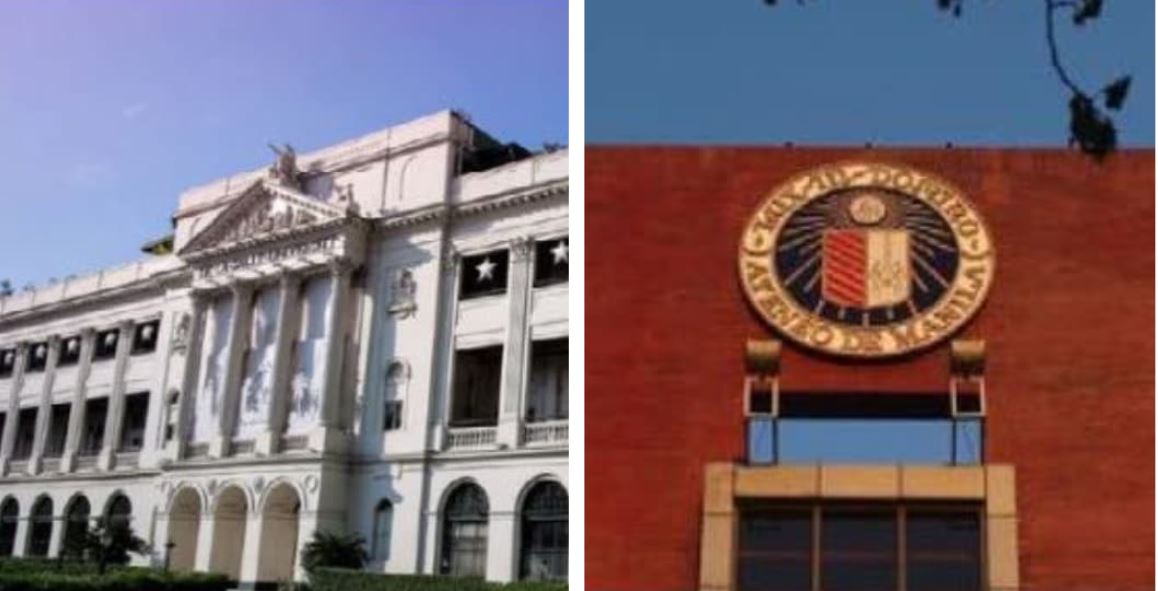
De La Salle University (DLSU) and Ateneo de Manila University lead the 10 new Research and Development Centers focusing on the areas of industry, energy, disaster risk reduction, climate change, and health introduced by the Department of Science and Technology Niche Centers in the Regions (DOST NICER).
The additional ten educational institutions join six Philippine state universities introduced in September to help boost regional development.
The DOST – Science for Change (DOST-S4C) Program provided a total grant amounting to PHP695,233,035.93 for the ten centers managed by Higher Educational Institutions (HEIs) in Regions I, II, III, IV, IV-A, National Capital Region, and Region X.
“Technology has always been a huge part of our lives and has become an indispensable instrument in making our activities effective, efficient and productive,” said DOST Secretary Fortunato T. De la Peña.
“By optimizing these scientific and technological initiatives, we envision a more efficient, supported, and developed innovation landscape for the Philippines that will cater to the needs of the Filipino people nationwide.”
“The establishment of the NICERs is a major undertaking of the DOST which aims to expand the R&D network and level-up the R&D capability of the Higher Education Institutions and State Universities and Colleges in the regions to fuel innovation and invigorate the industry sectors that the center will support,” related Undersecretary for Regional Operations Sancho A. Mabborang.
“In proposing for a NICER, the endorsement of the DOST Regional Office is an attestation that the R&D plan of the center is aligned with the regional R&D priorities while the endorsement of the Regional Development Council (RDC) is a validation that the proposed center will have significant contributions and impact to the priority industry sector in the region.”
The event’s highlight is the new NICERs offering technology breakthroughs in biotechnology, diagnostic and therapeutic research–areas that have a fundamental role in addressing the pandemic.
Leading the list of the 10 new R&D Centers are:
- NICER on NeuRoTech: R&D Center for Medical Robotics through the De La Salle University (DLSU) -Institute of Biomedical Engineering and Health Technologies (IBEHT). This NICER will create an R&D Center of multi- and inter-disciplinary in nature that combines neuroscience, robotics, and embedded systems, computational intelligence and data analytics, machine learning, and artificial intelligence that would address the rising need for modern and more effective, efficient, and cost-effective health-care products and services. Through this NICER, the Philippines will be able to develop or innovate technologies that will address a present health risk or condition, like the COVID-19 pandemic, through health products, devices, and services.
- Another NICER unveiling is the Ateneo de Manila University (ADMU) Integrated Protein R&D Center (IPRDC). This Biotechnology Facility for Health is an integrated R&D facility for Health spanning biology, chemistry, engineering & medicine, and aspires to become a robust pilot-scale manufacturer of proteins and instrumentation for health R&D, enabling and supporting the growth of the Philippine biotechnology sector. Moreover, the Center will build the capacity for producing diagnostic reagents and develop supporting equipment as an intervention with significant potential impact in the Philippines’ ability to address chronic epidemics and acute pandemics (including but not limited to COVID-19), enhance domestic internal capabilities for rapid development and deployment during future outbreaks and reduce the ongoing cost of molecular diagnostics for all diseases and pathogens such that quality molecular diagnostics is not the privilege of the few.
- The third NICER is the Biomaterials for Diagnostics and Therapeutics R&D Center of the Angeles University Foundation (AUF). The center will focus on the development of biomaterials such as antibodies that can be used in diagnostic and therapeutic health applications. It will develop point-of-care device (POCT) technologies that can be used for the differential diagnosis of priority diseases. Furthermore, the R&D center will produce nanomaterials for integration as carriers and solid support for immunogen in vaccine preparations for different diseases.
NICER Centers also introduced as part of the network of innovation hubs set to assist the industry, the environment, and the country, are:
- Center for Lakes Sustainable Development implemented by the Laguna State Polytechnic University (LSPU)
- Center for Environmental Technologies and Compliance implemented by the Polytechnic University of the Philippines-Manila (PUP-Manila)
- Coastal Engineering Research (CoastER) Center implemented by Mariano Marcos State University (MMSU)
- Smart Water Infrastructure Management (SWIM) Research and Development Center implemented by Isabela State University (ISU)
- Center for Sustainable Polymers implemented by Mindanao State University–Iligan Institute of Technology (MSU-IIT)
- Center for Advanced Batteries implemented by the Technological Institute of the Philippines (TIP)
- Center for Vector of Diseases of Public Health Importance implemented by De La Salle University Manila (DLSU-Manila)
“Through these R&D Centers, the DOST cultivates the innovation landscape in various sectors to ensure that no one is left behind in the R&D progress despite the setbacks brought by the COVID-19 pandemic,” says DOST Undersecretary for R&D Rowena Cristina L. Guevara. “It is therefore imperative for us to continuously invest in R&D and support legislation aimed at encouraging innovation like the Science for Change Program Bill.”
The NICER studies are also part of the 21 high-impact technologies and R&D projects in the Big 21 in 2021 which DOST Philippines introduced to the public in early September.
Good News Pilipinas is celebrating its 15th Anniversary in 2021 by giving away prizes! Subscribe to this website and Good News Pilipinas! TV YouTube channel and enter the raffle by telling us what you like about our stories in an email to editor@goodnewspilipinas.com










